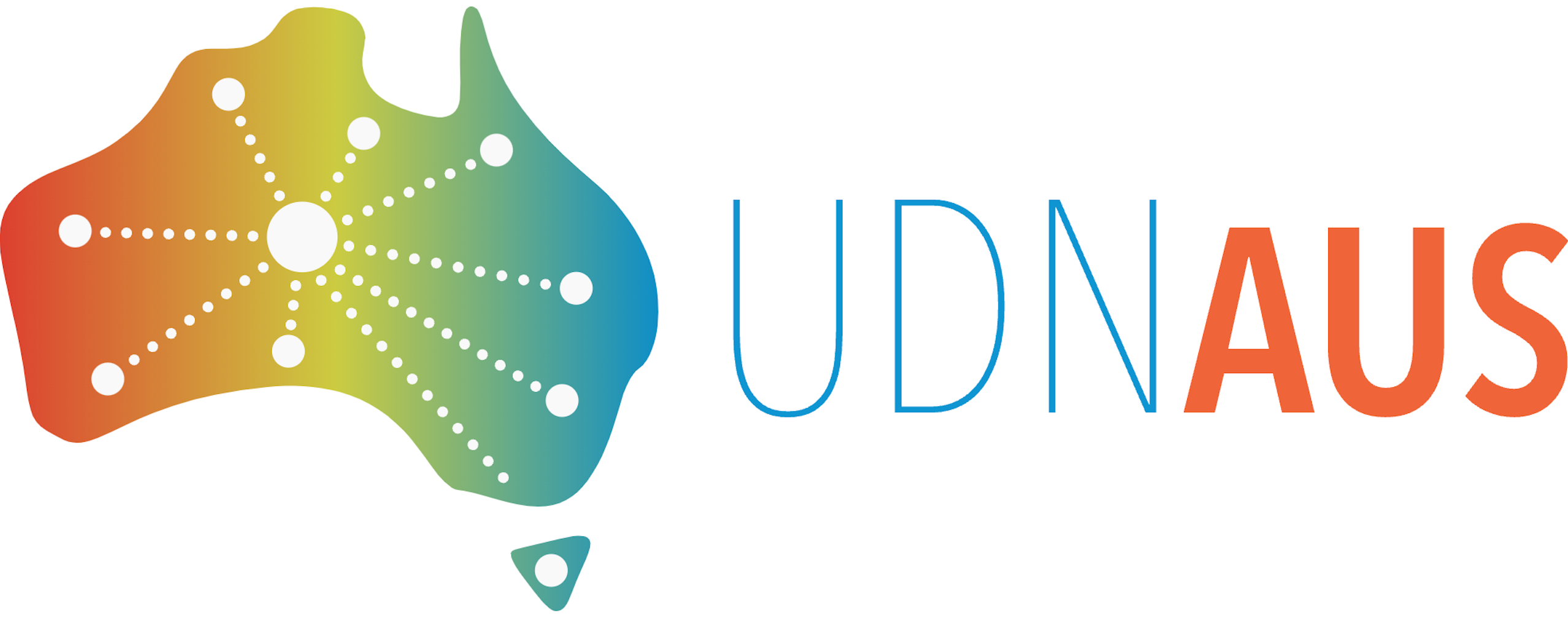
The Australian Undiagnosed Diseases Network (UDN-Aus) is a national initiative funded by the Medical Research Future Fund’s Genomic Health Futures Mission (GNT2007567), aiming to improve the rate of genomic diagnoses to over 70% for those with undiagnosed rare genetic conditions, enabling precise, personalised care to individuals throughout Australia.
This three year study, led by CPI Professor John Christodoulou at the Murdoch Children’s Research Institute, draws upon the research and clinical expertise at several institutions, and aims to equip clinicians, clinical scientists, and researchers, to deliver a sustainable, national pathway for undiagnosed individuals. This includes a robust re-evaluation pipeline for participants of their stored existing genomic data, and flow through to frontier genomic technologies. Clinicians at participating sites in this project will be upskilled to provide research reanalysis of this data via the Centre for Population Genomics’ seqr analysis platform.
The UDN-Aus project involves individuals living with undiagnosed rare diseases who have had all available genetic/genomic testing through their local Genetics Service and remain undiagnosed. The genetic information from their previous testing will be reanalysed by their clinicians and further testing will be arranged as needed, with consent of the participant and/or their family.
Principal Investigator

Professor John Christodoulou
Murdoch Children’s Research Institute
Recruitment information
Recruitment period: until October 2024
Inclusion criteria
- Patient has a high likelihood of a monogenic cause for their condition but remains without a confirmed genetic diagnosis despite clinically indicated appropriate diagnostic testing. (See prioritisation criteria Categories A and B below.)
For most phenotypes, appropriate diagnostic testing means a non-diagnostic genomic test (most commonly exome sequencing), but may also mean, depending on phenotype, additional tests such as chromosomal microarray, expansion testing, methylation etc.
N.B. first-line tests should have been completed at the state/territory level prior to consideration by UDN-Aus . - Any age
- Lives in Australia
- Is referred to their study from a clinical genetics service
- Genomic data available for transfer into the UDN-Aus bioinformatics system readily
- Potential for a diagnosis to impact care of the patient and family i.e. likelihood that a genetic diagnosis would change management, impact reproductive counselling, improve psychosocial/mental health outcomes for family etc. (i.e. treatment options, reproductive decision-making, clinical surveillance)
Additionally, prioritisation criteria will be applied to referred participants. Please click here for further details.
Exclusion criteria
- Low likelihood monogenic condition
- Clinically indicated first-line tests not yet done at state/territory level
- Proband does not live in Australia
- Genomic data is stored in a laboratory where it cannot be transferred into the UDN-Aus bioinformatics system readily.
N.B. Data sharing agreements or processes are being sought/ have been approved with the following laboratories: VCGS (VIC), NSW Health Pathology, Pathology Queensland, SA Pathology and PathWest (WA).
- No availability of samples e.g., no clinically accessible tissue appropriate for study
- Low potential for a diagnosis to impact care of the patient and family i.e., low likelihood that a genetic diagnosis would change management, impact reproductive counselling, improve psychosocial/mental health outcomes for family etc.
It is important to avoid unduly raising expectations.
Sample requirements
Existing genomic data should be available from a participating Australian NATA Accredited Laboratory (NSWHP, VCGS, Pathology Queensland and SA Pathology).
Recruitment sites
Participants must be recruited from a participating clinical genetics service. Please click here for further details.
Contact
Madeleine Harris
udn.aus@mcri.edu.au
03 9936 6197

